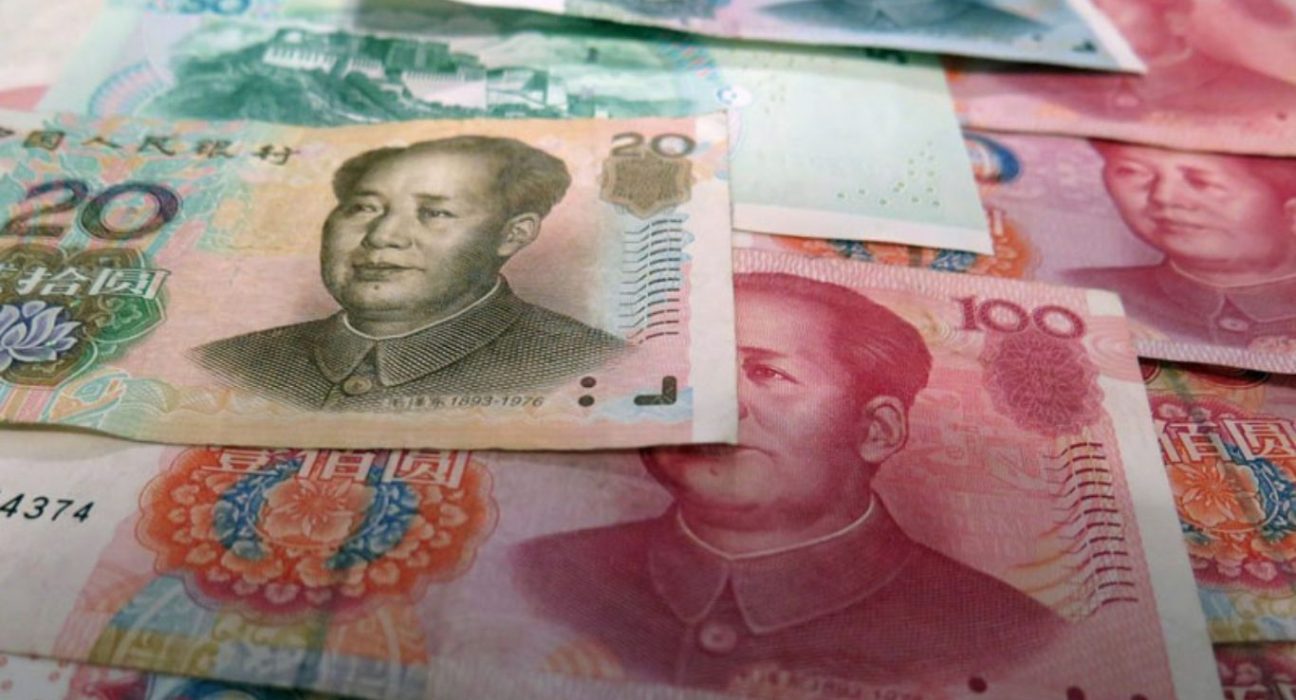The Chinese yuan exhibited a slight recovery by rising 0.3% from a near six-month low, signaling some positive movement in the currency exchange market. However, despite this rebound, the yuan continued to face challenges as it remained well below the crucial 7 level against the dollar. Moreover, the support provided by the People’s Bank of China’s daily midpoint fixes remained limited. This article delves into the factors influencing the yuan’s performance and examines the implications of its struggles on the global economy.
Factors Affecting the Chinese Yuan’s Performance
Several factors have contributed to the Chinese yuan’s fluctuating performance in recent times. One significant aspect is the ongoing trade tensions between China and the United States, which have influenced market sentiment and impacted the exchange rate. The imposition of tariffs and trade restrictions has led to uncertainty and volatility in the global economy, affecting the value of major currencies, including the yuan.
Trade Relations and Currency Exchange
Trade relations between nations play a crucial role in determining currency exchange rates. As the Chinese yuan faces pressure from trade disputes, investors and traders closely monitor developments to assess the impact on the currency’s value. Fluctuations in the yuan can have wide-ranging consequences, affecting export competitiveness, cross-border investments, and global market stability. Therefore, understanding the relationship between trade relations and currency exchange is vital in comprehending the challenges faced by the Chinese yuan.
People’s Bank of China’s Midpoint Fixes and Yuan Support
The People’s Bank of China (PBOC) plays a pivotal role in stabilizing the yuan’s value through daily midpoint fixes. These fixes are reference rates determined by the PBOC, which guide the trading range for the yuan against major currencies. However, despite the PBOC’s efforts to provide stability, the yuan’s struggles persist as it remains below the key 7 level against the dollar. The limited support from the PBOC’s fixes suggests that other factors, such as market forces and external influences, heavily influence the yuan’s performance.
Implications for the Global Economy
The Chinese yuan’s performance has far-reaching implications for the global economy. As the world’s second-largest economy, China’s currency plays a significant role in international trade and investment flows. A weak yuan can make Chinese exports more competitive but also impact the profitability of foreign companies operating in China. Moreover, the uncertainty surrounding the yuan’s value can influence investor confidence and trigger capital outflows from emerging markets, affecting global financial stability.
Future Outlook and Economic Indicators
To gauge the future trajectory of the Chinese yuan, it is essential to monitor key economic indicators and market trends. Factors such as China’s economic growth, inflation, interest rates, and trade negotiations can all contribute to the yuan’s performance. Additionally, the role of global events, such as geopolitical tensions or changes in monetary policies by major economies, should be closely watched as they can significantly impact currency markets.
Conclusion
While the Chinese yuan experienced a modest rebound of 0.3% from its six-month low, it continues to face challenges in surpassing the key 7 level against the dollar. Trade tensions, market sentiment, and limited support from the People’s Bank of China’s fixes all contribute to the currency’s struggles. The implications of the yuan’s performance extend beyond China’s borders, affecting global trade, investment, and financial stability. Monitoring economic indicators and market trends will be crucial in assessing the future path of the yuan and its impact on the global economy.










